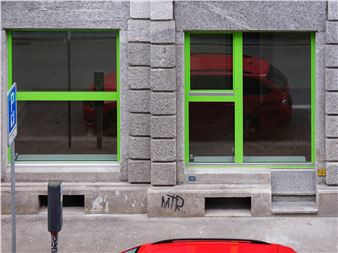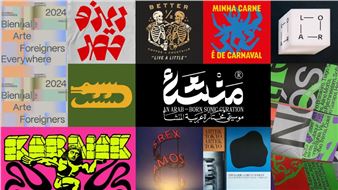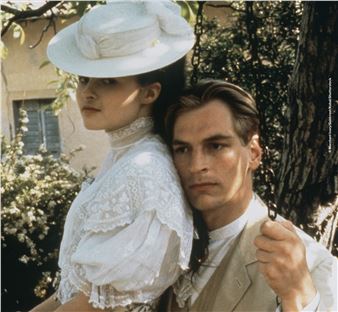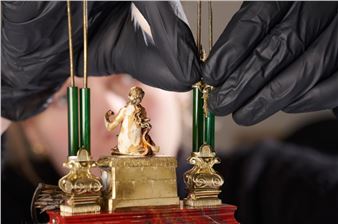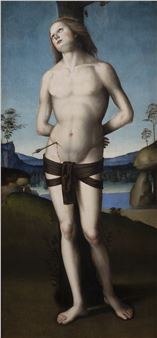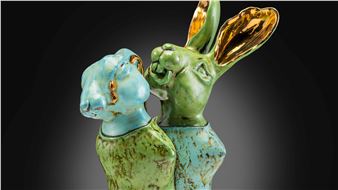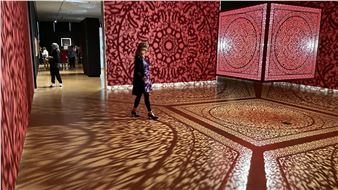The Short Line
The Short Line is a living garden installation by artist jackie sumell, located just outside the Michener Art MuseumŌĆÖs main entrance and freely accessible to the public. Visitors are invited to move through this space with intentionŌĆöto reflect on the carceral histories rooted in the land, and to imagine what becomes possible when we remember, reimagine, and replant.
The garden traces the approximate footprint of three original cells from the Bucks County JailŌĆÖs ŌĆ£short line,ŌĆØ a corridor that once extended from either side of the jailŌĆÖs central guardhouseŌĆönow repurposed as a gallery for the museumŌĆÖs modern and contemporary art collection. Where there were once bars and bricks, there is now soil, solidarity, and shared history. This act of transformation insists that we cannot heal what we refuse to confront.
At the heart of The Short Line is phytoremediationŌĆöthe use of plants like clover, sunflower, and willow, to naturally cleanse soil of toxins and restore balance. These plants perform the kind of quiet, generative work our society too often overlooks: the slow, necessary labor of restoration. The Short Line challenges us to consider what is buried beneath our feetŌĆöand what it means to grow something new in the footprint of what once was. If we ignore the past, we risk repeating it. But if we tend to itŌĆölike soilŌĆöwe may begin to collectively repair.
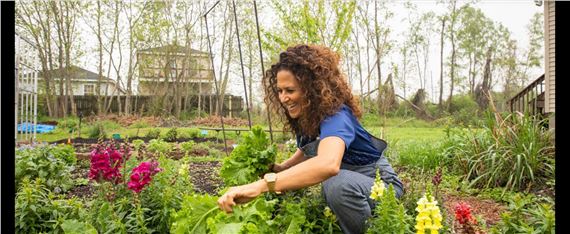
Recommended for you
The Short Line is a living garden installation by artist jackie sumell, located just outside the Michener Art MuseumŌĆÖs main entrance and freely accessible to the public. Visitors are invited to move through this space with intentionŌĆöto reflect on the carceral histories rooted in the land, and to imagine what becomes possible when we remember, reimagine, and replant.
The garden traces the approximate footprint of three original cells from the Bucks County JailŌĆÖs ŌĆ£short line,ŌĆØ a corridor that once extended from either side of the jailŌĆÖs central guardhouseŌĆönow repurposed as a gallery for the museumŌĆÖs modern and contemporary art collection. Where there were once bars and bricks, there is now soil, solidarity, and shared history. This act of transformation insists that we cannot heal what we refuse to confront.
At the heart of The Short Line is phytoremediationŌĆöthe use of plants like clover, sunflower, and willow, to naturally cleanse soil of toxins and restore balance. These plants perform the kind of quiet, generative work our society too often overlooks: the slow, necessary labor of restoration. The Short Line challenges us to consider what is buried beneath our feetŌĆöand what it means to grow something new in the footprint of what once was. If we ignore the past, we risk repeating it. But if we tend to itŌĆölike soilŌĆöwe may begin to collectively repair.

 ARTISTS
ARTISTS







